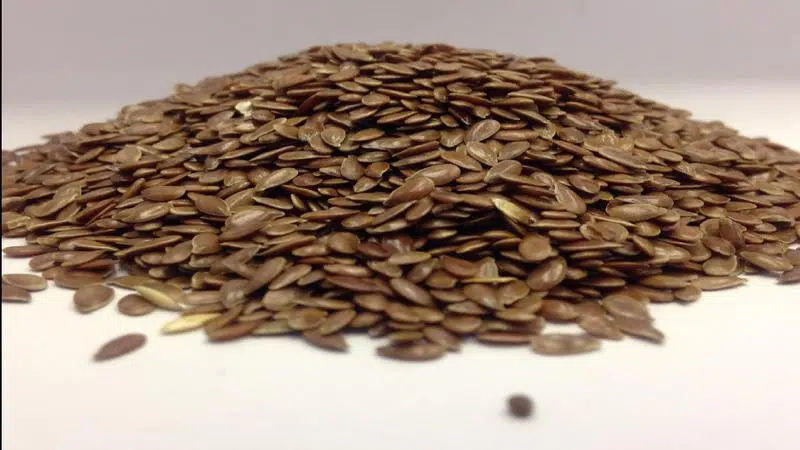
Optimism in flax industry despite recent plights
This article was updated at 2019-01-31 15:28.
The flax industry has had some tough years.
Dry conditions in the southern part of the province put pressure on production and the sector is still recovering from the Triffid issue, which saw Canadian flax seed shut out of its largest markets after traces of the genetically modified form of the crop were found in shipments.
Despite, the executive director of the Saskatchewan Flax Development Commission (SaskFlax) is still optimistic about the future of the crop.


